advertisement
While this post discusses adding Waldorf-inspired elements into your homeschooling, it also gives ideas for how to add these Waldorf elements into your family life no matter what method of schooling you choose to do.
advertisement
When we started homeschooling last year, Waldorf was way down on the list of methods I wanted to try. It sounded nice enough, but I didn’t know enough about it and it didn’t sound like it was for me.
Then, halfway through our first year, when everything I thought should have worked so well didn’t, I started reading everything I could get my hands on, searching for something that would make sense and make our days more enjoyable.
Eventually I ran across a couple of books that appealed to me. They weren’t about Waldorf education specifically, but they discussed a lot of Waldorf ideas and philosophies. And you know what? They made sense. So I read more and looked into this thing called Waldorf education.
To completely oversimplify things, Waldorf Education is:
- an arts education, incorporating color theory as well as various fine art techniques throughout the grades;
- a Renaissance or liberal arts education. In fact, the upper grades curriculum loosely resembles a classical education curriculum;
- a holistic education, consistently interrelating arts, humanities, & science;
- based on child development research, and the material and techniques for each grade are chosen specifically to speak to children of a certain age and developmental stage.
If you’re like me and like the idea of Waldorf, but find it foreign and don’t know where to start, I would highly suggest deciding what exactly you like the most about this education method.
Instead of diving headfirst into everything (especially if you’re switching from another method or switching midyear like I did) and getting overwhelmed, pick the elements you love and start there.
Here are a few easy baby steps toward adding Waldorf elements to your lives:
Limit Electronic Exposure
In Waldorf, play is the work of early childhood, and elementary children lose their connection with their imagination and with nature if they are always plugged in to something.
Yes, we use computers, the Wii is invaluable for rainy days, and I don’t think anyone could ever convince me to lose those fantastic History International channel specials (there’s one on the Dark Ages on my DVR right now); however, I severely limit how much we turn them on, and I have put a ban on the Leapster except for long car trips. The real world is so much more interesting anyway.
Increase Natural Materials
I’m not one of the anti-plastic militants. Legos pretty much rock, and I would never ask my kids to part with their dinosaur collection. But I do think carefully before bringing anything new into the house.
There is something special about the simplicity and feel of toys made from natural materials. Also, think twice about shelling out money for fancy math manipulatives, and use what’s available – acorns in the fall, beach shells in the summer, rocks any time of the year. I find my daughter connects more with an activity when using something she collected.
Include Children in Daily Work
In this way, Waldorf in the early years is very similar to Montessori teachings. Include your children (yep, even the itty-bitty ones) when you bake, clean, garden, or sew. Give them their own tools and tasks, and allow them to learn important lessons and useful skills.
Start Each Day with Movement
Take a walk around the block, tend to the garden together, recite poems or sing songs and act out the verses, play follow the leader, or toss a bean bag back and forth while you skip count. Anything that gets your children moving and alert and brings you all together is a great start to any day.
Try Some Storytelling
Storytelling is somewhat of a lost art. Don’t get me wrong, I love reading books to my girls, but I was surprised how much my seven year old responded to the stories once I began telling them.
Try retelling one of your favorite tales from your childhood. If you need a refresher or want to tell a new story you are unfamiliar with, here’s a trick I learned: read the story once each night for three nights before you tell it to your child. Even after that third reading, you might be nervous, but don’t worry too much. You’ll do just fine, and you don’t have to remember every detail. Don’t try to act out the story or Disney-fy it. Just tell it. The story will speak for itself.
Other Posts You May Love:
Disclosure: This post contains affiliate links. They don’t change the price you pay. However, when you shop through them, we may receive a small compensation.
Join 40,000+ Other Awesome People
Subscribe to the Real Life at Home weekly newsletter to get our latest content, exclusive free printables, learning activities, and ideas for celebrating with your kids all year
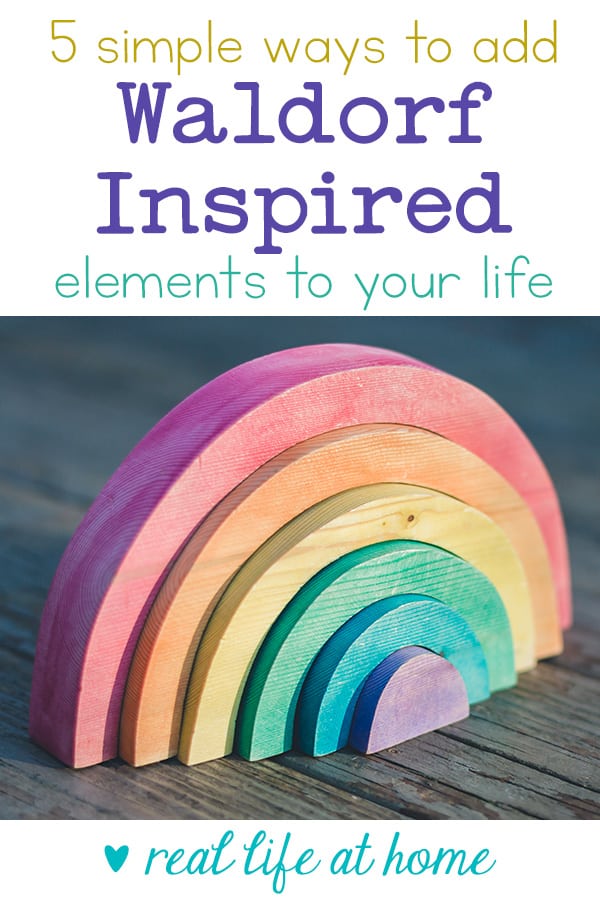

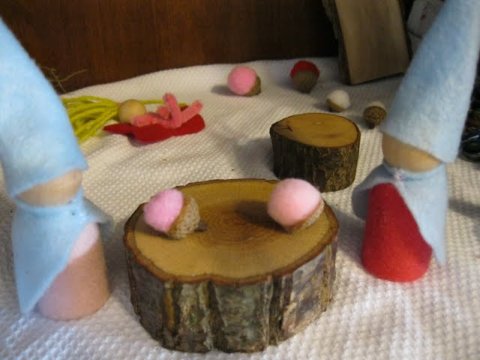

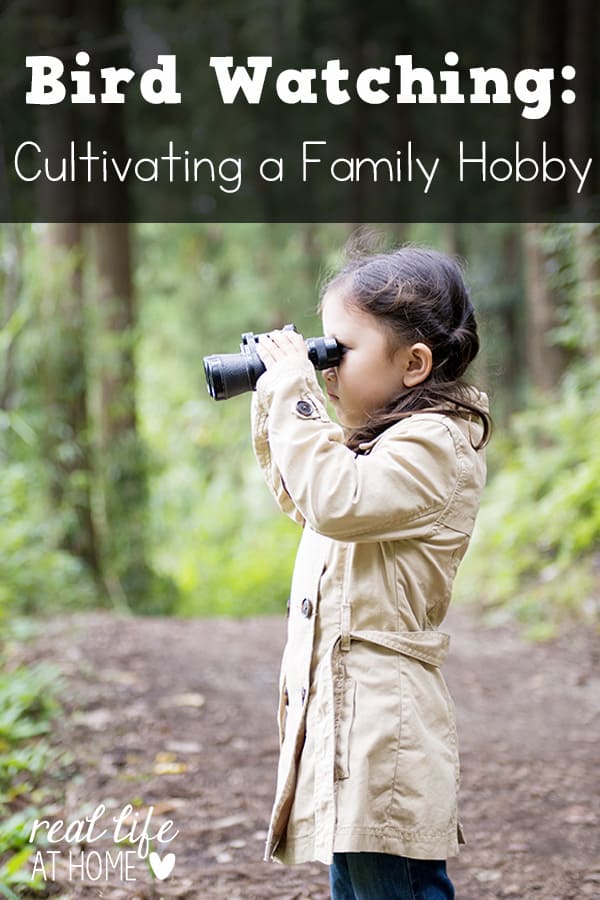
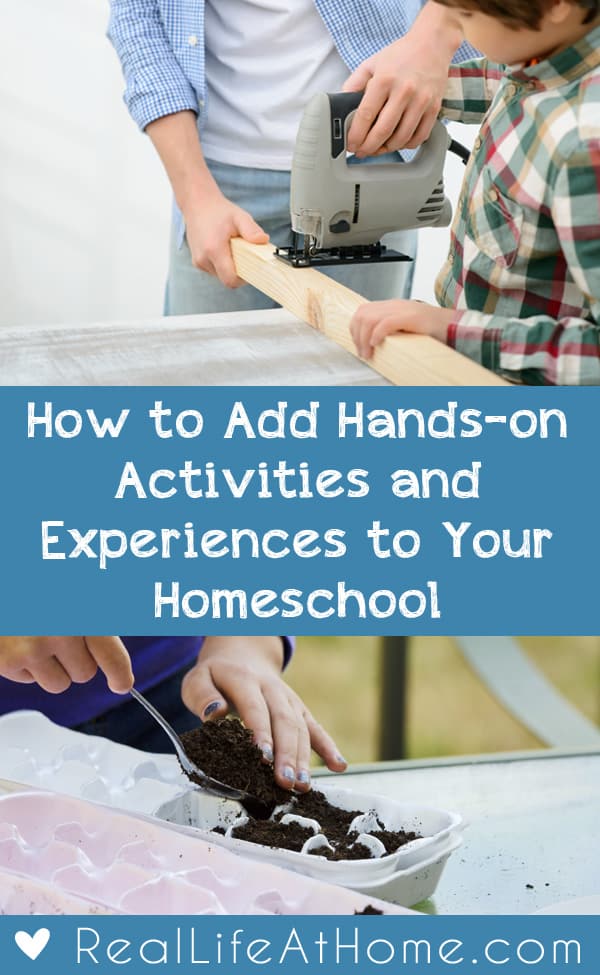
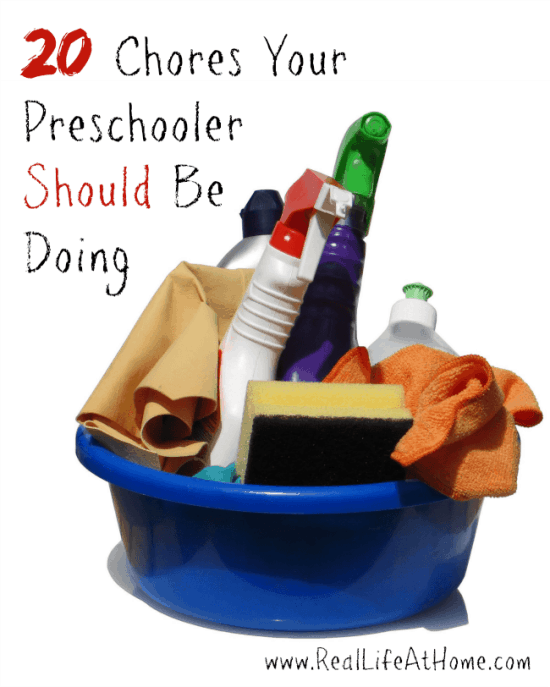
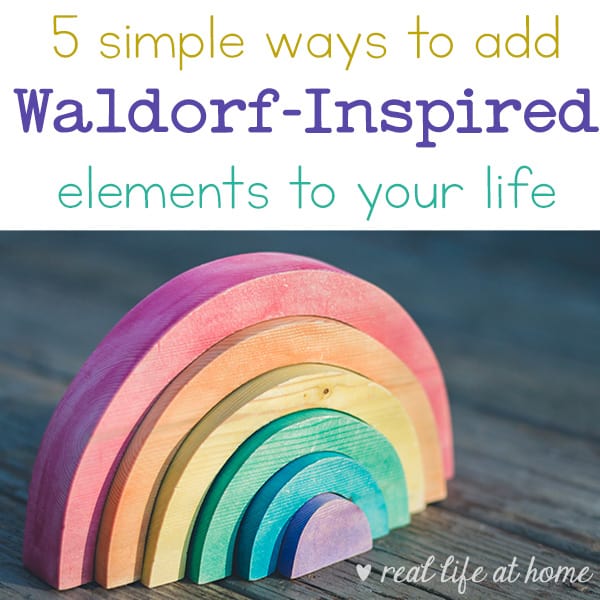
This is excellent! Thank you for making it sound so doable 🙂
Thanks, Amy! I think I would have tried a lot of Waldorf-y things earlier if I had found more “practical” guides for homeschooling. It seemed so different from what was familiar to us that I think the differences overwhelmed me in the beginning. But now I can see how so many aspects easily fit in with our family & homeschooling values.
Great ideas! We also limit “e-time.” I can definitely see a difference in my kids’ focus and behavior when they’ve spent too much time in front of a screen.
While we would never give up our Legos or Playmobil, I agree that natural materials are very appealing. It’s amazing how my kids can entertain themselves with the things they collect hiking or on a nature walk!
Starting the day with movement is a great idea! Occasionally we take a break from “school” and listen to some upbeat music and do crazy dances, just to wake up and get the circulation going again. It helps a lot, especially on bad weather days when we can’t get outside!
We love dance breaks! The little one also has a new fondness for jumping jacks to break up her big sister’s math lessons. 🙂
Which guide did you use to implement Waldorf Education into you homeschool. I love the idea of simplification, movement & natural objects in the homeschool. This is very timely as I am in the last two weeks of planning our next school year. I would like to learn more about this kind of Education.
I didn’t use a specific curriculum guide (I still mix Waldorf with other methods), but I read a lot of overview books and web sites, and I am utilizing the files in the Waldorf home educators yahoo group (http://groups.yahoo.com/group/waldorfhomeeducators/). I think the most helpful book I read early on was Waldorf Education: A Family Guide, but there are many, many others, and which ones to recommend would depend on the age of your children.